Introduction
In the quarter ended September 2025, IndiGo swung into a substantial net loss of ₹2,582 crore, a sharp reversal from a profit of ₹2,176 crore in the preceding June quarter. At the same time, the airline reported a year-on-year (YoY) revenue increase of around 9 percent. This combination of rising top-line but deteriorating profitability underscores the pressures facing the sector, and IndiGo in particular.
Revenue and operational performance
On the top line, IndiGo achieved operational revenue of about ₹18,555 crore for the quarter, up approximately 9 percent from the same period last year. The growth in revenue was driven by increases in both passenger ticketing and ancillary services: ticket revenues rose approximately 11.2 percent while ancillary revenues (such as baggage, on-board sales, etc.) rose about 14 percent.
The airline also continued to expand capacity — notably, it increased its international capacity by around 27 percent over last year, helping shift its mix slightly toward international operations. While domestic capacity remained broadly flat or modestly higher, the international growth provides more efficient asset usage (fewer take-off/landing cycles per hour) which can help cost-efficiencies over time.
In all, the operational side shows resilience: demand remains present, the airline is expanding where possible, and revenue is growing.
Cost pressures and the key driver of the loss
Yet, despite the solid revenue growth, IndiGo’s profitability collapsed. EBITDAR (earnings before interest, tax, depreciation, amortization and rent) more than halved to around ₹1,114 crore, down from about ₹2,434 crore a year ago. Total expenses for the quarter jumped roughly 18 percent on a YoY basis, reaching about ₹22,081 crore.
A major culprit is the currency (forex) impact: IndiGo has large US-dollar-denominated costs (aircraft leases, maintenance, some fuel contracts, etc.). With the Indian rupee weakening, those costs in rupee terms soared. The company disclosed that the foreign-exchange hit was significant enough that, excluding the currency impact, it would have reported a net profit of around ₹104 crore.
To put numbers on it, foreign-exchange costs amounted to about ₹2,905 crore (≈ US$ 33 m) and accounted for roughly 13.1 percent of total expenses.
Other cost pressures: While fuel prices had been moderating earlier in the year (which benefitted Q1), the inflationary cost environment remains challenging—airport charges, maintenance, labour, etc., are all sticky upward. Additionally, the earlier period’s advantage of cheaper jet-fuel is fading, and offsetting efficiency gains become more difficult.
Thus, even though revenue grew, margin erosion occurred because cost growth outpaced it, and the forex shock tipped the balance into a large loss.
Strategic and operational context
It is important to recognise that Q2 is traditionally a weaker quarter for Indian aviation; historically the April–June and July–September period sees less favourable demand compared to the festive and winter months.
IndiGo appears to have anticipated this by shifting capacity more toward international routes (where utilisation can be better) and by reducing frequencies in some domestic routes to optimise seat-kilometres and yields.
From a competitive perspective, IndiGo continues to lead in on-time performance, market share, and network expansion — important intangible assets which may help when the cycle turns.
Management commentary suggests stabilisation from July, and a stronger recovery trend in August and September, hinting that the worst of the headwinds may be behind them.
Implications and outlook
The loss raises a number of implications:
- Margin vulnerability: IndiGo’s result highlights how susceptible the airline business is to external shocks — currency, fuel, geopolitics, air-space bans, regulatory costs. Even a revenue uptick cannot guarantee profitability if cost-levers go awry.
- Currency risk management: The significant forex exposure underscores the need for effective hedging strategies, currency risk mitigation, and possibly negotiating more Rupee-denominated contracts where feasible.
- Operating leverage potential: The fact that revenue grew but profit fell means that once costs are tamed (or if currency stabilises) there is scope for leverage — revenue growth in a better cost environment could re-accelerate margins.
- Industry cycle and timing: With Q2 weakness behind, the festive season and winter travel period could offer a recovery window. IndiGo’s higher international exposure may help, but domestic competition and yields remain a drag.
- Investor sentiment and funding: A large loss may concern investors and creditors, particularly as the aviation sector often requires high fixed assets, leases, debt, and cash reserves. IndiGo will need to assure markets of its cost-control discipline.
Looking ahead, management expects capacity growth in the high-teens percentage for Q3 and is planning for a stronger second half of the year. Provided external variables (fuel, currency, airport/airspace disruption) remain manageable, IndiGo is likely to benefit from pent-up travel demand, growing domestic passenger volumes and an improved international mix.
Conclusion
In sum, IndiGo posted a cautionary but not surprising result: revenue growth of about 9 percent suggests the business remains structurally on track, yet the confluence of a weaker rupee, rising costs and a traditionally weak quarter combined to produce a sharp loss of ₹2,582 crore. The result serves as a reminder that even market-leaders cannot escape external headwinds in the aviation sector.
The question now is one of execution: will IndiGo be able to convert its strong traffic growth into healthy profits by controlling costs, managing currency risk, and capturing higher yields in a favourable seasonal window? If yes, the current dip may prove to be a tactical setback rather than a strategic one. If no, then margin erosion could become more embedded.
For investors and stakeholders, the key watch-points will be currency trends (rupee versus dollar), fuel price movements, operating cost trajectories (maintenance, leases, airport fees), load-factor and yield performance in coming quarters, and the evolution of international versus domestic capacity mix.
In this way, IndiGo’s Q2 result is both a stress-test of its resilience and a preview of how finely balanced aviation economics have become in the face of macro- and micro-challenges.

